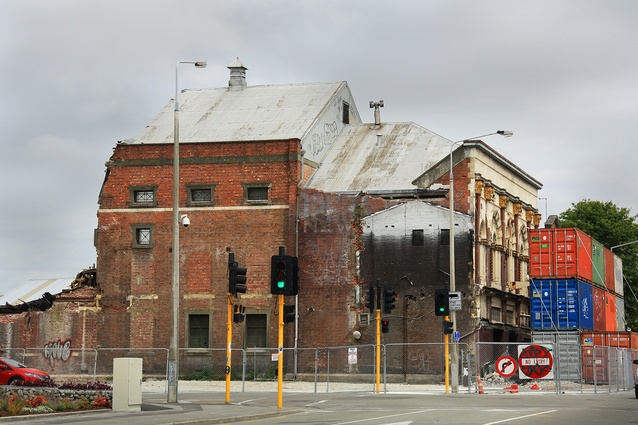Seismic safety: Academics deem building standards unclear
As the anniversary of the Christchurch quake nears, and in light of the devastating Turkey-Syria quakes, two academics say the system to determine building safety in Aotearoa is potentially dangerous.
In an earthquake, we need to know we will be safe in the buildings where we work, write Dr Nadia Dabee and Dr Toni Collins in an article that explores building safety regulations.
Unfortunately, the two researchers say the standard that needs to be met to ensure workplace safety in the event of an earthquake isn’t crystal clear.

Dr Dabee, a senior lecturer at the University of Auckland Business School, and Dr Collins, a senior lecturer at the University of Canterbury and associate director of the Institute of Law Emergencies and Disaster, explore business owners’ legal obligations regarding the seismic vulnerability of their buildings by examining the Health and Safety at Work Act 2015 and the Building Act 2004.
“Confusingly, there is a different standard to meet under each Act,” they write in their article titled ‘Caught in the (building) Act? How the Health and Safety at Work Act 2015 exposes the limits of seismic resilience for existing buildings in Aotearoa New Zealand‘.
The authors say it seems that little thought was given to the interplay between the two Acts for regulating building safety in an earthquake.

“This creates a problem because with different standards to meet under each Act, there are, in effect, two regulatory regimes in operation,” says Dr Collins.
Dabee and Collins say it’s surprising that WorkSafe’s resolution of the two standards appears to favour the lower standard in the Building Act 2004 because confusingly it also requires business owners to take action to meet the higher standard in the Health and Safety at Work Act 2015.
The researchers argue that the higher standard in the Health and Safety at Work Act 2015 should apply, and that doing so will ensure workers and building occupants are afforded the highest level of protection under the law in relation to the seismic safety of their buildings.
Dabee and Collins would like the Government to clarify the situation so building owners can be sure about which standard they need to meet.
“We would like it to be the higher standard, but if that’s not what the Government intends, then at least it should be made clear to give business owners certainty about their legal liability should their building fail in an earthquake.”










